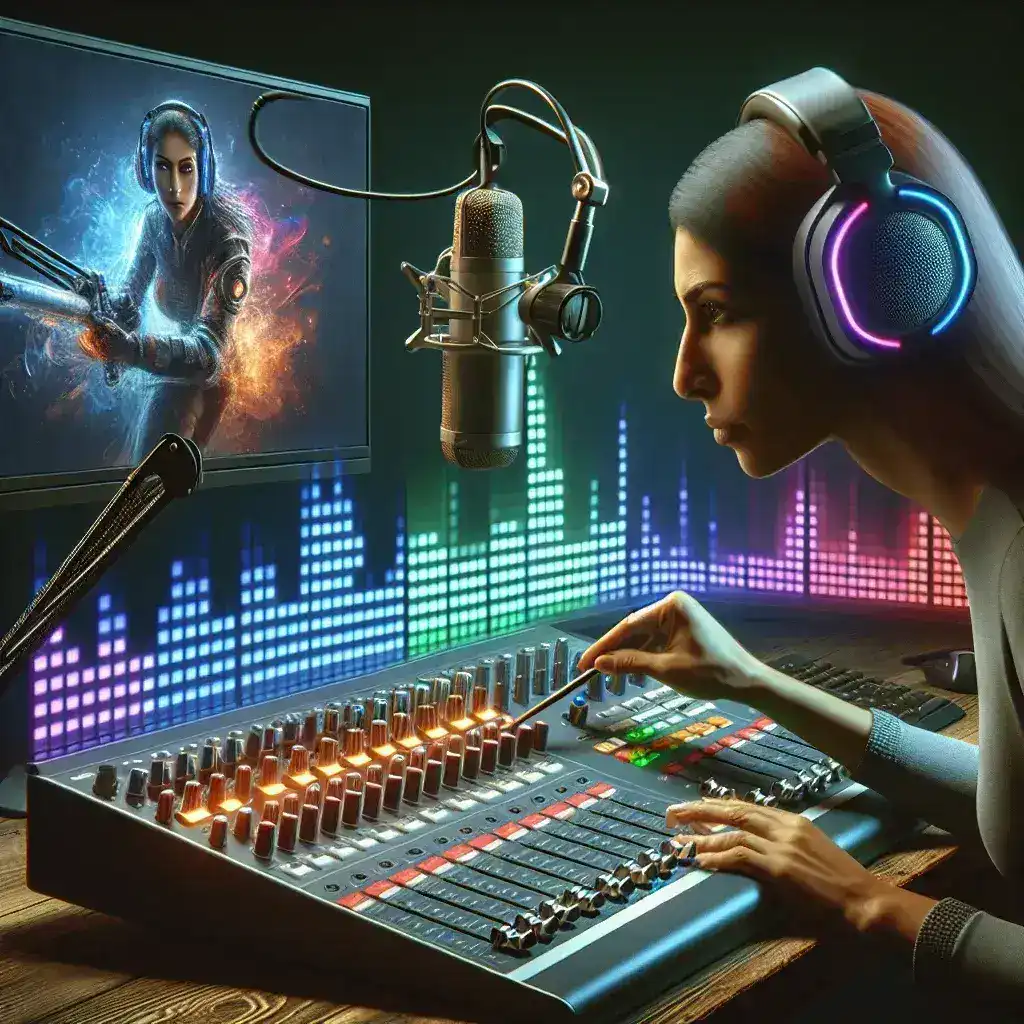Introduction
Streaming has become a popular way for gamers to share their experiences with a global audience. However, one major challenge streamers face is balancing game audio and webcam audio effectively. Getting this right can make a significant difference in the viewer’s experience. In this article, we will explore various techniques, tools, and settings to help you achieve the perfect balance between game audio and webcam audio during your streams.
Understanding the Basics of Audio Balancing
Before diving into the specifics, it’s important to understand the basics of audio balancing. Audio balancing involves adjusting the volume levels of different audio sources so that one does not overpower the other. For streamers, this typically means ensuring that game sounds do not drown out your voice, and vice versa.
Key Considerations
- Viewer Experience: Your goal is to create a pleasant audio experience where your commentary is clear and game sounds are audible.
- Audio Sources: Game audio, microphone audio (webcam), and any additional audio sources like music or alerts.
- Environment: Ambient noise and acoustics in your streaming environment.
Tools and Software for Audio Balancing
There are several tools and software options available to help you balance audio during your streams. Below is a table summarizing some of the most popular options:
| Tool/Software | Description | Price |
|---|---|---|
| OBS Studio | Open-source software for video recording and live streaming. | Free |
| Streamlabs OBS | Unified platform integrating streaming tools, including audio balancing features. | Free with premium options |
| Voicemeeter Banana | Virtual audio mixer for managing multiple audio sources. | Free (donationware) |
| NVIDIA Broadcast | AI-enhanced audio and video quality improvements. | Free (hardware-dependent) |
Step-by-Step Guide to Balancing Audio
Step 1: Setting Up Your Equipment
The first step is to ensure that your equipment is properly set up. This includes your microphone, webcam, and any other audio sources. Make sure all devices are recognized by your streaming software.
Step 2: Adjusting Volume Levels
Once your equipment is set up, open your streaming software. Here we use OBS Studio as an example:
- Open OBS Studio and go to the Audio Mixer.
- Adjust the volume slider for your microphone to a level where your voice is clear and not distorted.
- Play the game and adjust the game audio slider until the sound effects and background music are audible but not overpowering your voice.
Use your headphones to monitor these levels in real-time. Aim for a balanced mix where neither audio source drowns out the other.
Step 3: Using Filters and Enhancements
Filters can help improve audio quality and balance. Here are some commonly used filters:
- Noise Suppression: Reduces background noise from your microphone.
- Compressor: Balances the dynamic range of your microphone audio, making soft sounds louder and loud sounds softer.
- Gain: Boosts the overall volume of your audio sources.
To apply these filters in OBS Studio:
- Right-click on your microphone source and select Filters.
- Click the + button to add a new filter and choose from the available options.
- Adjust settings as needed.
Step 4: Conducting Test Streams
Before going live, it’s crucial to conduct test streams. Record short sessions and play them back to evaluate audio balance. Make necessary adjustments based on your findings.
Step 5: Getting Feedback
Your viewers can be an invaluable source of feedback. Once you’re live, ask your audience for their input on audio levels. Make real-time adjustments based on their suggestions.
Advanced Techniques for Audio Balancing
Using Voicemeeter Banana
Voicemeeter Banana is a powerful virtual audio mixer that allows for more advanced audio balancing. Here’s how to use it:
- Download and install Voicemeeter Banana.
- Set it as your default audio device in Windows settings.
- Configure audio inputs and outputs for your game and microphone.
- Use the virtual mixer to adjust volume levels and apply effects.
Voicemeeter Banana offers greater control over audio sources, allowing for a more refined balance.
Leveraging NVIDIA Broadcast
If you have an NVIDIA GPU, you can use NVIDIA Broadcast for AI-enhanced audio balancing. This software uses AI to reduce background noise and echo, improving overall audio clarity.
- Download and install NVIDIA Broadcast.
- Set it up to work with your microphone and game audio.
- Adjust settings for noise reduction and room echo removal as needed.
Conclusion
Balancing game audio and webcam audio during a stream is crucial for delivering a professional and enjoyable viewing experience. By understanding the basics, using the right tools, and following best practices, you can achieve the perfect audio balance. Remember to test your setup and get feedback from your viewers to continually improve your stream’s audio quality. Happy streaming!

